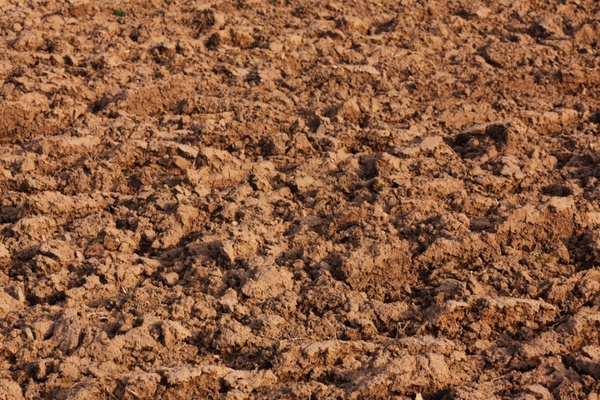
by Lorri | Feb 22, 2017 | UnCorked
It’s no secret that wine geeks like myself very much enjoy talking about soil. Some people discuss movies… well, we sit around and discuss the soil and how one vineyard can boast Pinot Noir on clay while another silt.
Lots of agriculture locations around the world have sunshine, ideal growing temperatures and low amounts of rainfall capable of growing fine wine grapes. So what is it about the Mosel, Alsace, Coonawarra and so many others that sets them on center stage for quality and exceptional growing regions? We think the answer lies in the soil.
MOSEL, GERMANY
There are many exceptional vineyards in Germany but a short stretch of steep angle slate slope vineyards lining a little bend in the Mosel River may hold the most famed. The steep angle offers direct exposure of the sun as well as sunlight that reflects off the river back on the vines. The slate soil warms quickly in the sun and retains the heat of the day late into the cool evening. These factors combined offer the long, slow ripening period ideal for finicky Riesling to thrive.
CHATEAUNEUF-DU-PAPE, FRANCE
These famous vineyards are covered with galets, or pudding stones. These stones are smooth and oval shaped, formed from centuries of floodwaters pouring through the Rhone Valley after the Ice Age. This region is cool so the stones are key in offering ample heat for the vines to flourish. The stones collect and retain the heat of the sun, which then radiates back onto the vines in the cool evening. Many of these vineyards are so rocky you wonder how on earth a vine could grow in what seems an inhospitable condition.
ALSACE, FRANCE
Many of the famous vineyards in Alsace can trace their heritage to the 1300s. An area on the lower slopes of the Vosges Mountains barely a mile wide can boast some of the world’s best white wines. It is covered by alluvial fans from the many rivers and creeks contributing to the diverse soils of this region.
The Grand Crus of this area list some of the most famous soils in the world. The warm volcanic soils of Rangen, the granite of Brand, the sandstone of Kitterle. The region is home to a variety of soils. Grand Crus of Schlossberg or Castle Hill are free-draining, stony and rich in granite, making Riesling a natural choice for the soil. But just a couple hundred yards away the Grand Cru of Furstentum has higher limestone clay and is celebrated for its rich and spectacular Gewurztraminer.
COONAWARRA, AUSTRALIA
The interesting and intriguing Terra Rossa, or red earth soil of Coonawarra is a stretch just 10 miles long and a mile or so wide. The soil is rich in nutrients and minerals, drains well and provides a thin cover for the limestone just beneath this surface. This soil is ideal for the robust cabernet sauvignon.
THE VALUES
- 2014 Rudi Wiest Mosel Riesling, Germany (about $11 retail)
- 2011 Penley Estate Phoenix Cabernet Sauvignon, Australia (about $22 retail)
THE SPLURGES
- 2013 Domaine Zind- Humbrecht Gewurztraminer, Germany (about $30 retail)
- 2011 St. Urbans-Hof Goldtropfchen Riesling, Germany (about $32 retail)
- 2012 Schlumberger Pinot Gris, France (about $27 retail)
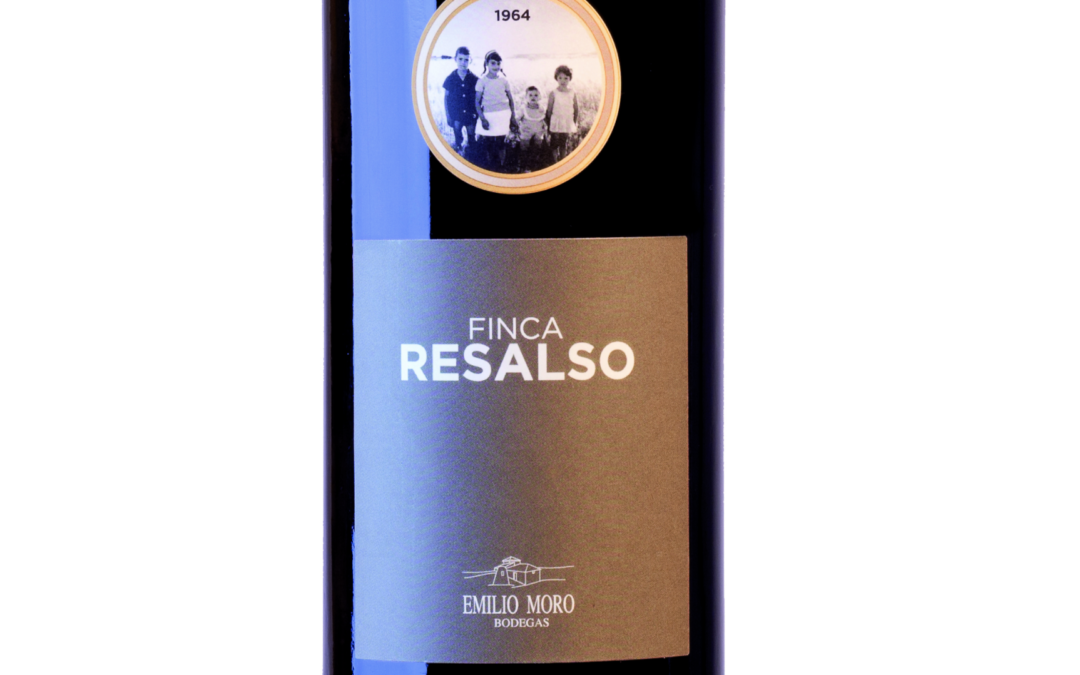
by Lorri | Feb 15, 2017 | UnCorked
This past week I was honored to meet with Alberto Moro of Bodegas Emilio Moro during his visit to Arkansas. Moro represents the fourth generation to work for his family’s winery, founded in 1932.
The Moro family has been producing wines for more than 120 years in Spain’s Ribera del Duero. Most may not be familiar with this small region in northern Spain. It was declared an official viticulture area in 1982, making it relatively new for a Spanish Denominacion de Origen. This region is prized for its tempranillo grape. It’s the terroir of this grape, grown in diverse soils and at a very high elevation, that makes it one of the most expressive and distinctive reds in the world.
In 1891, Alberto’s great-grandfather, Emilio Moro, was born in Pesquera de Duero, the center of wine production in the Ribera del Duero. Moro developed vineyards and focused on bulk wine production, as many in Spain were doing at this time. Moro’s son, also named Emilio, began working in the winery with his father at 14. He was dedicated to the passion of continuing the legacy of the vineyards and the family name.
In the late 1980s, Jose, Alberto’s father, met with his four children and they agreed it was time for the family business to focus on the world’s demand for quality rather than quantity. They began planting new vineyards by grafting quality older vines with a specific clone of tinto fino (the local name for tempranillo) that the Moro family had grafted to vines decades before. In 1989, Bodegas Emilio Moro launched its first wines from these new vineyards, gaining the DO (Denominacion de Origen or Wine Appellations) status of quality wines in Spain.
Bodega Emilio Moro’s transition from quantity to quality wines payed off as it is now considered one of the Ribera del Duero’s most elite wineries.
THE VALUE
- 2015 Bodegas Emilio Moro Resalso, Spain (about $15 retail)
THE SPLURGE
- 2013 Bodegas Emilio Moro Malleolus, Spain (about $49 retail)
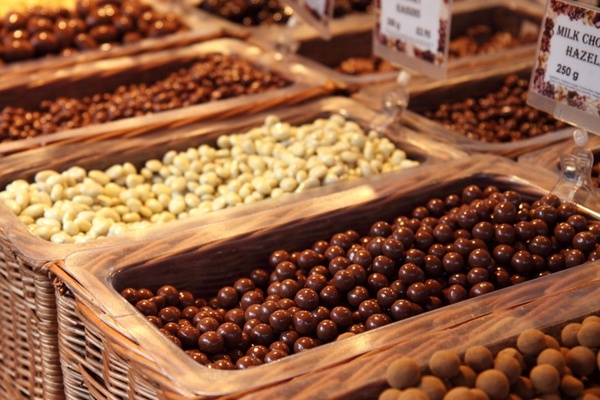
by Lorri | Feb 8, 2017 | UnCorked
Chocolate and wine are linked surprisingly often. Terms used in chocolate tastings often are the same as at a wine tasting: fruity flavors, long lingering finishes and even the mouth-feel and body. Many varieties of cocoa beans have distinct characteristics similar to grape varieties and both products use brewer’s yeast (Saccharomyces cerevisiae) during the fermentation stage.
But pairing wine and chocolate successfully can be difficult. There are a number of factors that lead to unsuccessful matches, but the cause is most often the excessive sugar and fat common in milk chocolate and most mass-produced chocolate. For the ideal pairing opt for dark chocolates and desserts prepared with dark chocolate.
When selecting chocolate, look for the cacao percentage on the label. It generally ranges from 60 percent to 85 percent. The percentage refers to how much actual chocolate, or cacao, the recipe uses. The remainder is sugar and other flavorings. The higher the cacao content, the sharper and more bitter the taste, but the better it will match with wine. Because of this sharp, bitter taste, cacao tends to compete with high tannin wines. Consider fruity wine like merlot, petit syrah or carmenere or any fruit-forward red wine.
Something else to consider is acidity. Wines such as crisp sauvignon blanc, pinot grigio and other high acidity wines are usually not recommended as a chocolate match. On the other hand, Champagne and other sparkling wines are generally high in acidity but are a favorite for many to pair with sweets. If your love is loyal to bubbly and chocolate desserts, consider a demi-sec or sweet Italian sparkling wine for the best match.
A sweet port is by far the most dependable and harmonious partner for chocolate. Because the rule for most desserts is the wine should always be sweeter than the dessert, the two are ideal. Port has an upfront fruitiness that blends with the silky texture of fine chocolate. Because of port’s natural sweetness and acidity it can even fare well with creamier chocolates having the higher sugar and fat.
THE VALUES
- NV Zonin Prosecco, Italy (about $15 retail)
- 2014 McManis Family Vineyards Merlot, California (about $12 retail)
THE SPLURGES
- NV Dow’s Late Bottled Vintage, Portugal (about $25 retail)
- 2014 Robert Mondavi Winery Merlot, California (about $26 retail)
- NV Graham’s 10 Year Old Tawny Port, Portugal (about $45 retail)
- NV Graham’s Six Grapes Porto, Portugal (about $40 retail)
- NV Taylor Fladgate 20 Year Tawny Port, Portugal (about $79 retail)
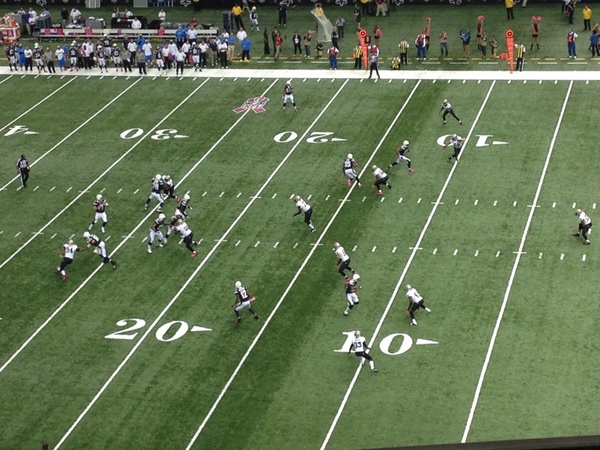
by Lorri | Feb 1, 2017 | UnCorked
With the Super Bowl just around the corner I thought it would be fun to add a little wine trivia to your sports day activities. Did you know many of your favorite NFL players, golf and basketball legends and even owners have joined the wine game?
Growing up in Walla Walla, Wash., Drew Bledsoe had grape vines growing in his backyard. Owning a winery was a lifelong dream of the famed New England Patriots quarterback. Doubleback, founded in 2008, specializes in small batch high-end cabernet sauvignon and is gaining winning status with many accolades, including the Top 100 list for Wine Spectator.
Being a longtime admirer of wine, nine-time Pro Bowler, Heisman winner and Super Bowl champion Charles Woodson took to the winery. His Twenty Four Wines is named after the jersey number he wore the longest for the Oakland Raiders. Woodson partnered with Rick Ruiz, of Robert Mondavi fame. Charles Woodson Wines focuses on high-end cabernet sauvignon and cabernet franc, producing fewer than 1,000 cases every year.
Greg Norman’s approach to golf and life has earned him the nickname The Great White Shark. Norman carried this nickname into his Greg Norman Estates wines with the symbolic shark on the label. The collection features wines from some of the greatest wine regions around the world: California, Australia and Argentina. The wines are produced in the philosophy Norman feels are to be approachable yet bold, from his wineries to you, enabling you to “discover your shark side.”
Football legend Mike Ditka’s venture in the wine business was a natural evolution considering his Chicago restaurants and growing interest in the food business. He partnered with Bill Terlato of Terlato Wines to create a private label available to general consumers and not just his restaurant patrons. He named the wines mostly in honor of different aspects of his career, such as “The Player,” “The Coach,” “The Champion” and “The Hall of Famer.”
San Antonio Spurs coach Gregg Popovich is part of the team effort behind A to Z Wineworks. Its pinot noir has twice been named to Wine Spectator’s Top 100 wines and the pinot gris is consistent in its Best Buy recommendations. The winery has a dual mission offering “Aristocratic Wines and Democratic Prices” and blending vintage after vintage of exceptional pinot noir, chardonnay and pinot gris.
THE VALUES
- 2012 Greg Norman Estates Chardonnay, Australia (about $12 retail)
- 2014 A to Z Wineworks Pinot Gris, Oregon (about $14 retail)
THE SPLURGES
- 2014 A to Z Wineworks Pinot Noir, Oregon (about $19 retail)
- 2014 Greg Norman Estates Cabernet Sauvignon, California (about $16 retail)
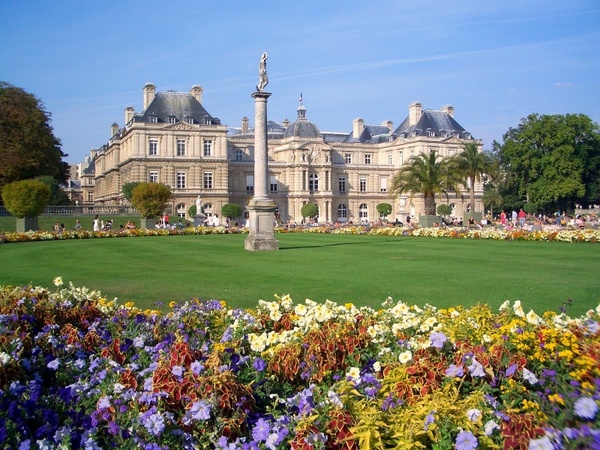
by Lorri | Jan 25, 2017 | UnCorked
With grenache (called garnacha in Spain) fast becoming one of the most popular grapes in the United States, France’s Cotes du Rhone appellation looks to be one of the biggest beneficiaries of the trend.
Offering a unique combination of quality, comfort and excitement, the wines of the Cotes du Rhone provide seasoned wine lovers with the opportunity to revisit a much-loved classic, while adventurous drinkers can explore the higher quality (yet somehow overlooked) villages-level wines of the Southern Rhone.
Significant archaeological finds have been unearthed in the region, establishing the Cotes du Rhone as one of the world’s first wine producing regions.
The Cotes du Rhone appellation includes 171 villages in the north and south of the Rhone Valley and is the second largest appellation d’origine controlee (AOC) wine region in all of France with 180,800 acres of vineyards and 6,000 vine growers.
Entry-level appellation Cotes du Rhone accounts for half of the Rhone Valley’s production of AOC wines. Cotes du Rhone wines include white, rose and red wines.
Twenty-one grape varieties can be officially included as part of Cotes du Rhone wines. For reds, grenache is the main grape variety (must constitute at least 40 percent of the total blend for rose and reds), followed by syrah, mourvedre and cinsault. For whites, grenache blanc, rousanne, marsanne, viognier, clairette and bourboulenc must make up at least 80 percent of the blend.
The Cotes du Rhone Villages appellation is a higher tier of Cotes du Rhone wines and is exclusive to the Southern Rhone. Spread across 95 communes, Cotes du Rhone Villages wines can be designated as either a regional blend, or labeled as being from one of 18 communes officially recognized for their specific growing characteristics (soils, climate, etc.). Some important communes that make up the 18 include: Puymeras, Visan and Saint-Maurice.
THE VALUE
- 2015 Les Dauphins Rouge, France (about $9 retail)
THE SPLURGE
- 2015 Les Dauphins Blanc Reserve, France (about $13 retail)
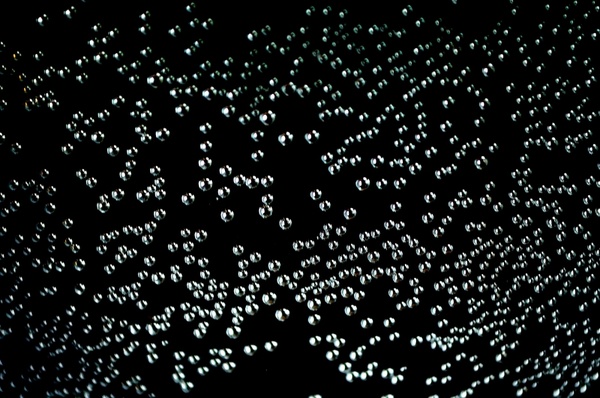
by Lorri | Jan 18, 2017 | UnCorked
Prosecco is often compared to Champagne because of its dainty rich bubbles, but they are very different wines. The most noticeable difference is Prosecco’s price tag. But this Italian wine is much more than just inexpensive bubbles.
Like Champagne, Prosecco is named for its growing region. The Prosecco DOC (designated growth zone) is in northeast Italy and includes the provinces of Veneto and Friuli Venezia Giulia. The wine is made primarily with the Prosecco grape (also known as Glera). The wines originated in the Valdobbiadene region in Veneto.
It is produced using a method known as Charmat (tank), which differs from Champagne. The Champagne or classic method entails fermentation in the bottle and long aging periods. Prosecco is produced in stainless-steel tanks, making it faster and more efficient to produce.
Most are produced dry in a brut style, but many think they are tasting a sweet wine. It’s the grape’s exceptionally fruity flavors of melon, pear, honeysuckle and green apple that make it seem sweet. As with other sparkling wines, there are styles based on the sweetness level or residual sugar: Brut has about ½ a gram of sugar per glass; extra dry has just over a half gram; and dry about a gram.
Recently Prosecco has become a staple at many parties and dinner tables. Compared to other wines, Prosecco is lower in alcohol content, usually around 11 percent, making it ideal for daytime parties and brunches. It matches well with lighter menus and is a value substitution for pricey Champagne in mixed drinks.
THE VALUES
- NV Voveti Prosecco, Italy (about $15 retail)
- NV La Gioiosa Valdobbiadene Prosecco, Italy (about $15 retail)
- NV Zonin Prosecco, Italy (about $15 retail)
THE SPLURGES
- NV Oriel 365 Prosecco, Italy (about $24 retail)
- NV Santa Margherita Brut Prosecco, Italy (about $25 retail)





